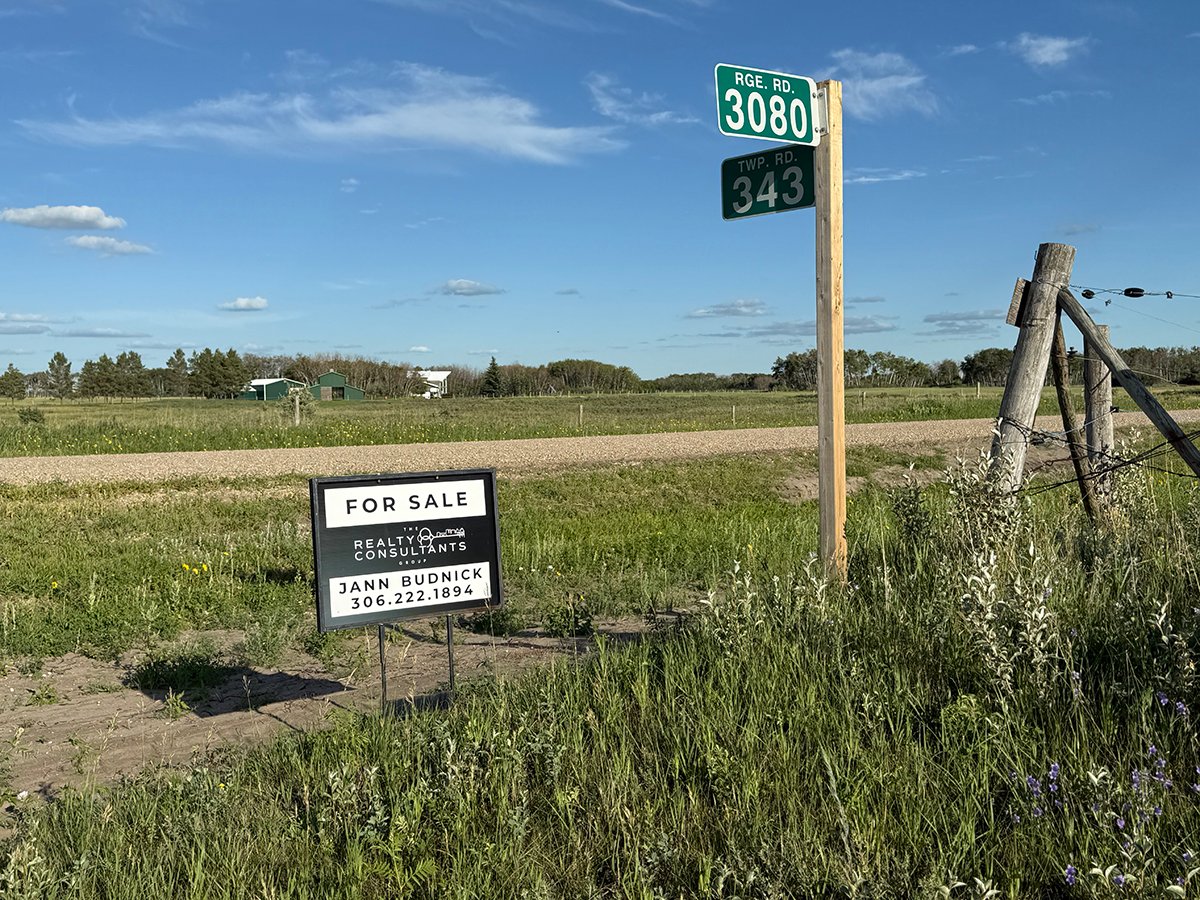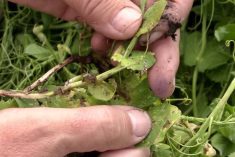That means 51 percent do not, and farmers are urged to pay more attention to their crop protection management
Only half of western Canadian growers vary their herbicide use on a year-to-year or field-to-field basis, according to a recent survey.
Bramm Research, on behalf of magazine Top Crop Manager, performed a survey last fall that received 346 responses from the prairie provinces from people who farm just less than 4,000 seeded acres on average.
Of the survey participants, 49 percent agree strongly with the statement, “on an annual basis, I vary weed management practices, including herbicide use.”
“Farmers have to think a little more long-term and try to work on the sustainability of their weed management programs for the long haul,” said Mark Peterson of Dow AgroScience and chair of the Herbicide Resistance Action Committee.
Read Also

Farmland a buyers’ market?
WINNIPEG — The farmland market in Saskatchewan may be tilting toward the buyer. It’s not there yet because sellers still…
He said he was not surprised by the results and that the same trend is seen in agricultural regions around the world
“It’s based on large farms trying to get over a lot of acres, trying to grow the kind of crops that are going to produce the best returns. Those are the things that drives people’s decisions and it’s hard to break out of that, given those economic and time management forces,” Peterson said after his presentation at the Herbicide Resistance summit in Saskatoon.
“A lot of farmers are sticking with what they know works as long as it does work, but eventually it will run out.”
In the survey, 48 percent of respondents said they agree strongly with the statement, “each field that I manage is scouted before making a weed management decision for that field.”
Peterson said the scouting issues also go back to labour-shortage and time-management restraints faced by growers, a global issue in agriculture.
He said even in Asian countries that have high populations, there are still shortages of labour in agriculture because of massive urbanization.
However, Peterson sees help from emerging technologies that can help growers scout their fields and allow them to make more informed weed management decisions.
“We see more and more new tools, remote sensing, UAVs (drones), things like that may make scouting a little easier. There are things like machine learning where sensors can better determine what weeds are there, they can differentiate between crops and weed species. So, on the horizon, maybe there is better technology to make scouting a little easier.”
He said herbicide resistant weeds are increasing around the world, causing some concerning trends.
“In particular, we are seeing more and more what we call multiple resistance in weed bio-types whereby they’re resistant to several different herbicides and in some areas, this is really driving farmers into a corner as far as their herbicide choices and may in a few cases right now prevent them from growing certain crops because they just don’t have any herbicide options left,” Peterson said.
How quickly herbicide-resistant weeds will emerge on a given field will vary, but the less diverse the cropping and weed control practice, the shorter the time it will take for those weeds to emerge.
“I think glyphosate-tolerant crops are probably the primary example, where there was a wholesale conversion to systems whereby glyphosate was the only herbicide used. A lot of the other systems were dropped and in some cases, it was just a matter of four, five, six years until growers had problems with glyphosate-resistant weeds in their fields,” Peterson said.
He said areas where a corn-soybean rotation is prevalent, it has taken longer for herbicide-resistant weeds to emerge because most corn farmers use soil-applied residual herbicides followed by post-emergence herbicide with multiple modes of action.
Whereas in areas where a soybean-cotton rotation is dominant, which is more conducive to a glyphosate-only system, resistance emerged a lot quicker.
“That year of corn with a lot of different herbicides I think helped delay that resistance for some of the guys that were more in the core of the Midwest. But it’s catching up with even them as well,” Peterson said.


















